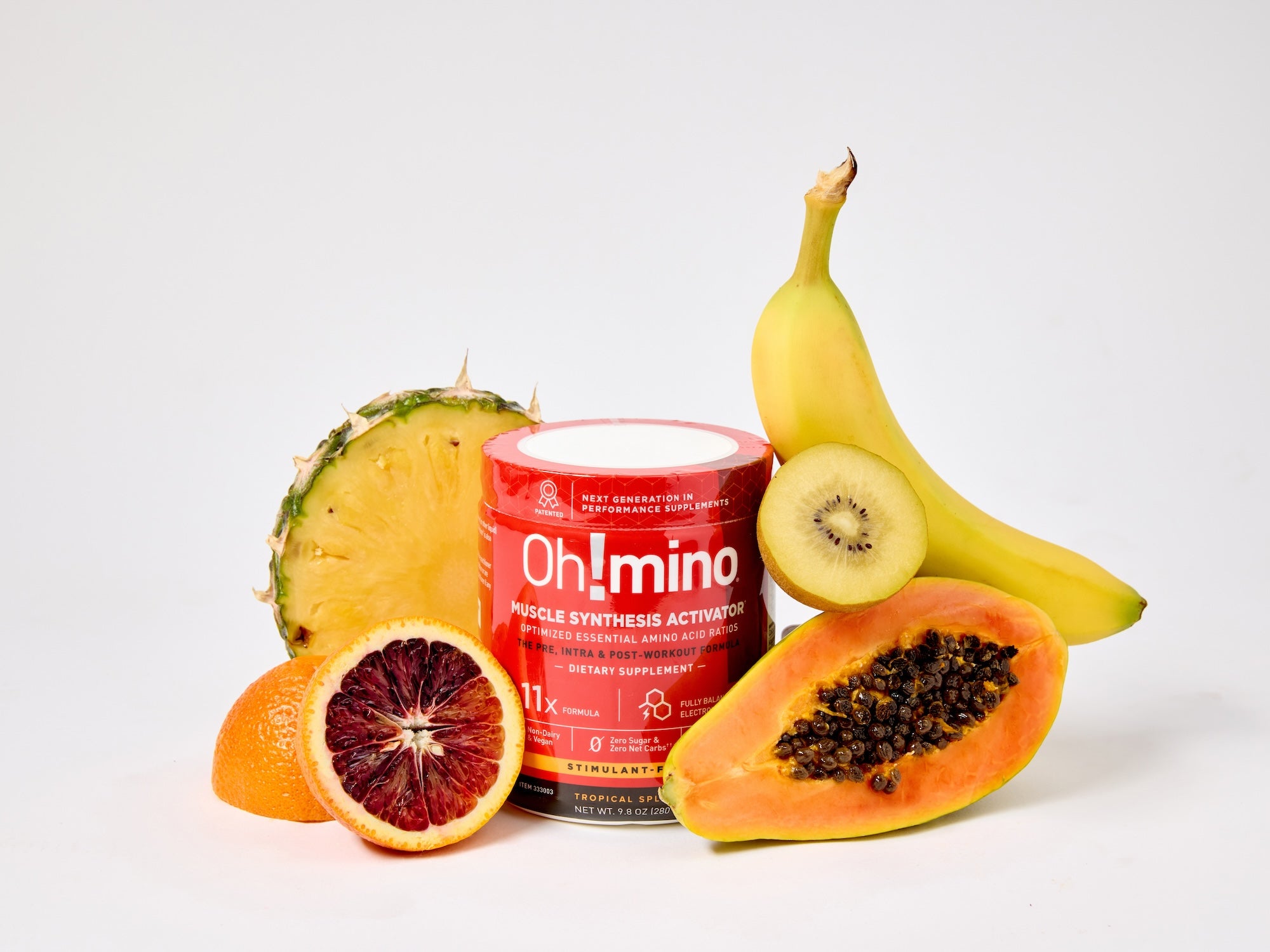HIIT, or High-intensity interval training, has emerged as a powerful tool in modern fitness regimens.
Marked by the alternation of periods of high-intensity exercise and short recovery times, HIIT sessions offer an efficient pathway to improved cardiovascular health and accelerated fat burning.
The Science of HIIT
High-intensity interval training kicks off with intense bursts of activity, immediately followed by rest periods or lower-intensity exercises.
These intervals can range from just a few seconds to several minutes, ensuring workouts versatile enough to fit into any schedule.
The critical aspect to note about HIIT is the application of near-maximum intensity during high-intensity intervals.
This method helps drive your body to adapt and prepare for anticipated intense exertions.
Historical Context
While the principles of HIIT were identified as early as the 20th Century, its popularity among fitness enthusiasts and the in-depth understanding of physiological adaptations that HIIT brings about didn't surge until the 21st Century.
Efficiency of HIIT
The significant advantage presented by HIIT lies in its efficiency:
1. Time-Efficiency - Scientific studies have shown that HIIT results in cardiovascular improvements comparable to traditional endurance training, despite being less time-intensive.
One such study demonstrated that participants engaged in HIIT for 1.5 hours a week realized similar fitness gains to those undertaking traditional endurances exercises for 4.5 hours a week.
2. Physiological Efficiency - HIIT triggers physiological adaptations that contribute to its effectiveness.
The high intensity provokes the production of hormones and enzymes essential for muscle growth, fat burning, and overall health.
Other Benefits of HIIT
HIIT offers several other significant advantages, including improved insulin sensitivity and enhanced fat-burning capabilities.
During HIIT sessions, carbohydrates primarily serve as the energy source during intense workouts while fat takes over during recovery periods.
Moreover, HIIT workouts have demonstrated positive effects on individuals living with type 2 diabetes.
Research has suggested that HIIT can effectively decrease hyperglycemia and boost muscle mitochondrial capability in such patients, presenting a beneficial exercise modality for this demographic.
Physiological Adaptations from HIIT
Multiple physiological adaptations also take place as a result of HIIT. These include:
1. Enhanced Mitochondrial Function - HIIT has been shown to increase the function and number of mitochondria, the power-generating structures in cells.
This change empowers the body to generate more energy and helps to enhance overall endurance.
2. Improved Cardiovascular Capacity - The high-intensity intervals can place significant stress on your heart, stimulating the development of new blood vessels, thereby improving oxygen distribution across your body.
3. Muscle Growth and Force Generation - HIIT can catalyze the growth of new muscle fibers and enhances the muscles' force generation capacity.
This scenario not only translates into increased strength and power but also results in higher metabolism, leading to a more significant calorie burn and fat loss.
On a personal, note, I use HIIt once a week, preferably outdoors with sunshine. I sprint at 85% between light poles in my community streets (this is a bit more than a 40 yard dash). I then wait until my heart slows down, then I do again! About 12 sprints and a lot of extra walking. Try it your self!
The science behind HIIT unravels the significant benefits of this exercise format, such as transformed cardiovascular fitness, improved muscular strength, and fat reduction.
While HIIT fits seamlessly into any fitness program, it is crucial to allow adequate recovery time between sessions to prevent over-exerting your body, aiding in injury prevention.
Stay fit my friend,
Michael
Founder & CEO


